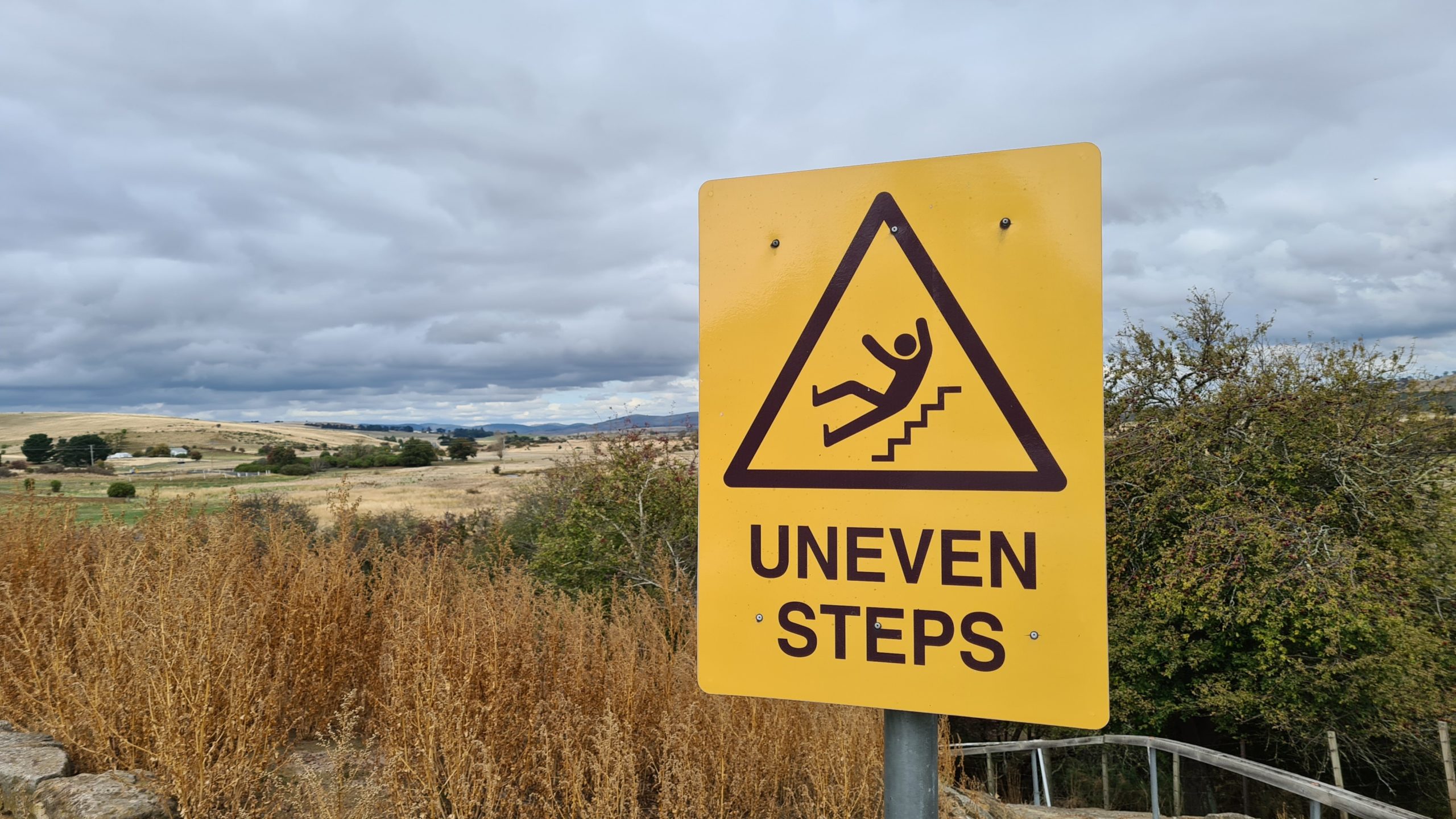The holiday season is here, and the joy of discovering the ideal toy for the little ones is infectious. When searching for the perfect playtime companion, it’s important to make sure that the excitement doesn’t turn into an unfortunate accident. Welcome to our comprehensive guide on “Toy Safety: Selecting Gifts That Promote Safe Play.”
1. Exciting Content for the Right Age
Not all toys are made the same, particularly when considering the age of the recipient. For optimal enjoyment and safety, it is advisable to take into account the age recommendations provided on the packaging. These numbers have been carefully crafted to ensure that playtime remains a safe and enjoyable experience.
2. Attention: Small Parts, Big Problems
Small objects can pose significant dangers, particularly for young children who tend to investigate their surroundings by putting things in their mouths. It is important to exercise caution when selecting toys that have parts that can be detached or easily broken, as they may present a risk of choking. It is important to always choose items that have secure and durable construction.
3. Durable and Secure Build
When it comes to construction, it’s important to prioritize toys that are made from high-quality, non-toxic materials. Make sure the edges are smooth, the surfaces are free from any harmful chemicals, and there are no sharp points that could cause scratches or cuts. Keep in mind that a properly designed toy not only prioritizes safety but also demonstrates its durability over time.
4. Stay vigilant for product recalls
Prior to finalizing your gift list, it is recommended to take a moment and ensure that there are no product recalls. Toy safety can be subject to change as new information or incidents arise. Government agencies and manufacturers frequently update recall lists, allowing individuals to easily find the information they need through a quick online search or by visiting the Consumer Product Safety Commission (CPSC) website. This ensures that individuals can have peace of mind when it comes to product safety.
5. Toy Safety: A Guide to Staying Safe
Learn about the fundamentals of toy safety:
For a Quieter Toy Experience: It’s important to consider the potential harm excessive noise can cause to young ears. When selecting toys, look for options that offer volume control or consider alternative toys that won’t result in a headache during the holiday season.
When dealing with toys that need batteries, it’s important to make sure that the battery compartment is properly secured and that the batteries cannot be reached by young children.
For Choking Hazards: It is important to regularly check toys for any signs of wear and tear. Additionally, be sure to look out for any loose or damaged parts that could potentially be a choking hazard.
6. Educate Yourself: Familiarize Yourself with the Toy Safety Standards
Having a solid grasp of toy safety standards gives you the knowledge you need to make well-informed choices. When searching for toys, it’s important to ensure that they meet international safety standards. Examples of these standards include ASTM International (American Society for Testing and Materials) or the EN71 standard in Europe. These certifications guarantee that the toys meet strict safety standards.
7. Unpack the Joy with Care
When exploring the realm of toy shopping, it’s important to keep in mind that the objective extends beyond simply discovering the most impressive toy. Safety is also a crucial factor to consider. By focusing on age-appropriate options, thoroughly examining for potential hazards, staying up-to-date on recalls, and verifying safety certifications, you can enjoy the excitement without any unexpected setbacks.
This holiday season, let’s make every gift a token of love, laughter, and, above all, safety. Enjoy the joy of giving!











